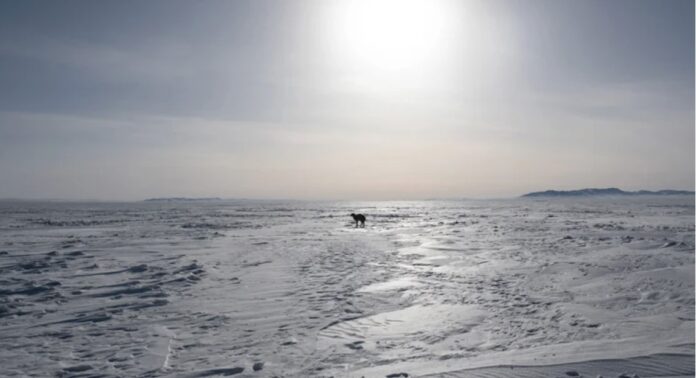Монголія стикається з найсуворішою зимою за півстоліття, внаслідок чого загинуло вже понад 4,7 мільйона тварин, а також загрожує харчування тисячам людей в умовах екстремальних погодних умов. Ці дані були оприлюднені Міжнародним комітетом Червоного Хреста.
Суворі умови в Монголії, які відомі як дзуд, виникають після літньої посухи, коли настають сильні снігопади і екстремальні морози. Температури можуть опускатися до -30°C або нижче.
Високий сніговий покрив і товстий лід покривають пасовища, позбавляючи худобу доступу до їжі. У Монголії приблизно 300 тисяч людей ведуть кочовий спосіб життя, залежачи від великої рогатої худоби, кіз і коней. Сім’ї пастухів подорожують величезними територіями країни, щоб знайти нові пасовища для випасання худоби. У літні місяці вони вирощують корм для тварин на зиму.
Дзуди в Монголії стають все частішими, що перешкоджає відновленню пасовищ між екстремальними погодніми умовами і затримує збирання необхідних запасів для пастухів.
“Люди, що повністю залежать від своєї худоби, за декілька місяців опинилися в бідності. Деякі з них не можуть навіть прогодувати себе або обігріти свої домівки”, – зауважує Олександр Матеу, регіональний директор МКЧХ у Азіатсько-Тихоокеанському регіоні.
За даними МКЧХ, з листопада 2023 року щонайменше 2250 сімей пастухів втратили понад 70% своєї худоби, а понад 7000 сімей зараз не мають достатнього доступу до харчування.
Дзуд поширився на три чверті території країни, і очікується, що умови ще погіршаться.
“Зараз весна, але зима в Монголії все ще триває, на землі все ще лежить сніг, і худоба продовжує загинати”, – зауважує Матеу.
Минулого місяця монгольський уряд оголосив стан підвищеної готовності, який триватиме до 15 травня.
“Навіть високий рівень готовності, що був у Монголії цього року та в попередні роки, недостатній, щоб впоратися з екстремальними умовами. Ми провели значну підготовку, але масштаби проблеми все ще вражають”, – пояснює регіональний директор МКЧХ.
Згідно з даними Програми розвитку ООН (ПРООН), Монголія стала однією з країн, які найбільше постраждали від кліматичної кризи. Середня температура повітря за останні 70 років зросла на 2,1°C.


